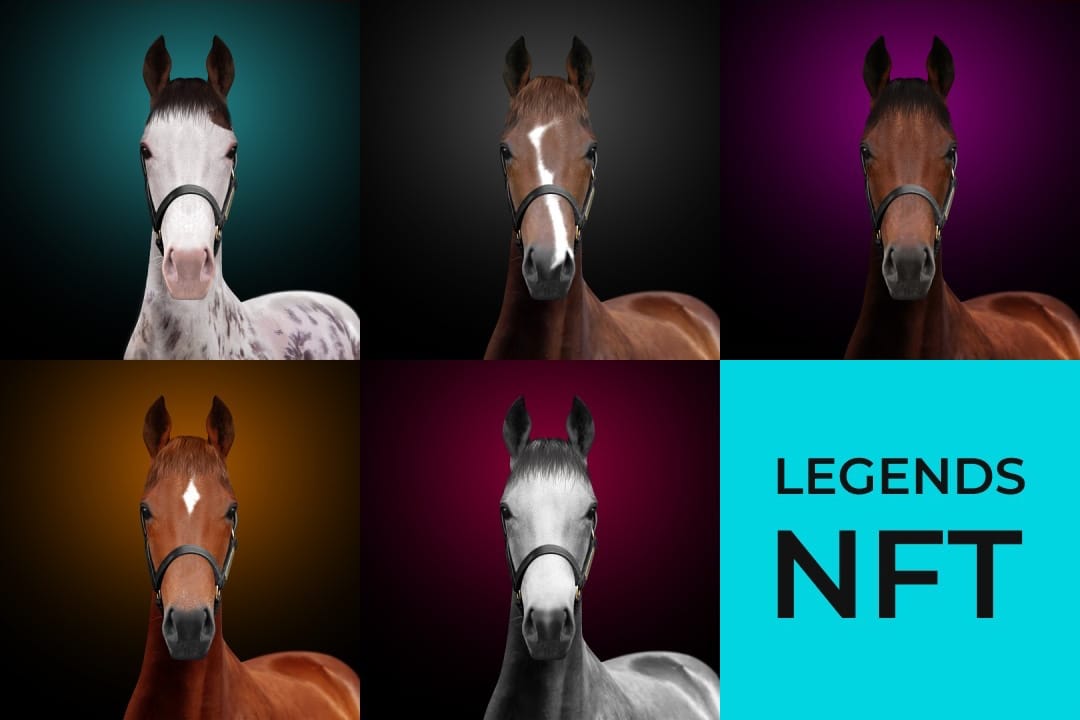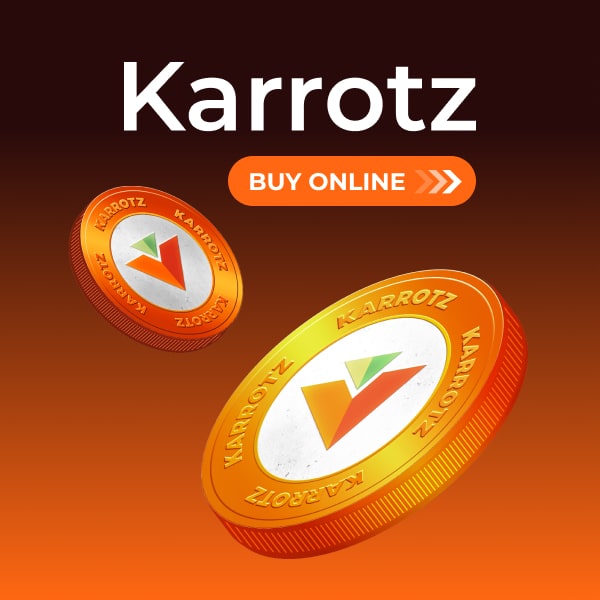The Aga Khan was one of a golden age of owner-breeders for European racing.
Along with the likes of Prince Khalid Abdullah and the Maktoum family, the Aga Khan’s famous green and red silks were sported by his homebred runners to incredible success after he reinvigorated his family’s already rich racing traditions in the 1970s.
Born December 13, 1936, His Highness Prince Karim Aga Khan IV was the son of Prince Aly Khan and his first wife Princess Tajuddawlah Aga Khan, formerly Joan Yarde-Buller.
The Aga Khan spent his early years in Kenya, before attending the world-renowned Institut Le Rosey boarding school in Switzerland and moving on to Harvard, where he was studying when he became the spiritual leader of the Ismaili Muslims on the death of his grandfather in 1957, at the age of just 20.
His family had already enjoyed huge racing success, with his grandfather owning no less than five Derby winners in Blenheim (1930), Bahram (1935), Mahmoud (1936), My Love (1948) and Tulyar (1952), while the influence of his great mare Mumtaz Mahal is still prevalent in the Aga Khan’s bloodstock today.

The Aga Khan inherited those racing interests from his father following his death in a car accident in May, 1960, with star filly and dual Classic winner Petite Etoile among those passed to his ownership.
It was in the 1970s that the Aga Khan really reignited the equine connection, building a new stud in Normandy, the Haras de Bonneval, in 1973 before opening the Aiglemont complex in Chantilly five years later.
The estate encompasses a 100-box training centre and the famous Les Aigles gallops, as well as a chateau where the Aga Khan resided and an office from where his worldwide business interests, which included an airline, hotels and charity work, were conducted.
The Aga Khan’s bloodstock empire was built on homebreds, although he infused new blood along the way by acquiring the late Francois Dupre’s stock in 1977, and that of the late Marcel Boussac in 1978 and Jean-Luc Lagardere in 2005, reaping rich rewards with stallion Linamix among the last-named batch of purchases.
The addition of the new runners in the late 1970s precipitated a return to racing in England for the Aga Khan, who had campaigned his runners in France to that point, with Sir Michael Stoute and Fulke Johnston Houghton being handed some of his bluebloods.

The 1979 draft to Stoute contained arguably the most famous horse ever to sport the green and red silks in the shape of ill-fated Derby winner Shergar, a sensational Epsom victor by 10 lengths in 1981 and the first of five such winners.
Of course we all know how Shergar’s tale unfolded, retired to the Aga Khan’s Gilltown Stud in Ireland at the end of a hugely successful three-year-old career, father to one crop of foals before his kidnap in 1983 by what is widely believed to have been the IRA, with his remains still undiscovered to this day.
There was further Epsom glory for Stoute and the Aga Khan in 1986, as Shahrastani held the seemingly irresistible charge of Dancing Brave.
But the Aga Khan’s love affair with British racing came to a crashing halt when his filly, Aliysa, was disqualified from the 1989 Oaks after testing positive for camphor, a prohibited substance.
Following a long battle with the Jockey Club, the Aga Khan – whose daughter Princess Zahra Aga Khan is also a successful owner – withdrew all his horses from Britain in response to what he felt were failings in the British testing system, with Stoute and Luca Cumani losing a good chunk of their strings as a result of the decision.
He finally ended his self-imposed boycott of British racing at Royal Ascot in 1995, before again sending horses to be trained by Cumani and Stoute, with future champion Kalanisi and Derby second Daliapour seemingly cementing a renewed relationship with Cumani, who had trained his 1988 Derby victor Kahyasi.
However, their association came to another abrupt halt in 2000 when two of the owner’s horses trained by Cumani returned positive tests, prompting him to remove 30 horses from the Newmarket-based Italian.

He continued to have horses with Stoute, but the Aga Khan’s interests were once again concentrated in Ireland and France.
In 2008, his brilliant unbeaten champion filly Zarkava, trained by Alain de Royer-Dupre, won the Prix de l’Arc de Triomphe and was named Cartier Horse of the Year. Five years earlier the Royer-Dupre-trained Dalakhani was equally stunning in the Arc.
In 2013 it was announced John Oxx would not receive a new batch of Aga Khan yearlings – bringing to an end a glorious run of success that included Sinndar’s never to be forgotten Derby, Irish Derby and Arc treble in 2000.
The Aga Khan’s Irish stars were instead concentrated with Dermot Weld, who provided a fifth Derby win in 2016 with Harzand, who memorably triumphed under the late Pat Smullen, despite picking up a foot injury on the day of the race. Harzand went on to give the Aga Khan a fifth Derby and Irish Derby double when scoring at the Curragh later the same month.
It was Weld who also produced the Aga Khan’s last British Classic winner in the 2024 Oaks victor Ezeliya.

The Aga Khan’s sporting interests extended further than racing and he was a highly accomplished skier who represented Iran at the 1964 Winter Olympics, taking on the slalom, giant slalom and downhill events.
He was also a long-term friend of Queen Elizabeth II, gifting her the filly Estimate, who went on to a famous success in the Gold Cup at Royal Ascot – a meeting where the pair would often watch together.
A notable supporter of Irish racing, the Aga Khan was one of the driving forces behind the redevelopment of the Curragh, with the plan eventually coming to fruition in 2019 when he joined the then Taoiseach Leo Varadkar to officially unveil the new Aga Khan Stand.
The Aga Khan is survived by three sons and his daughter.



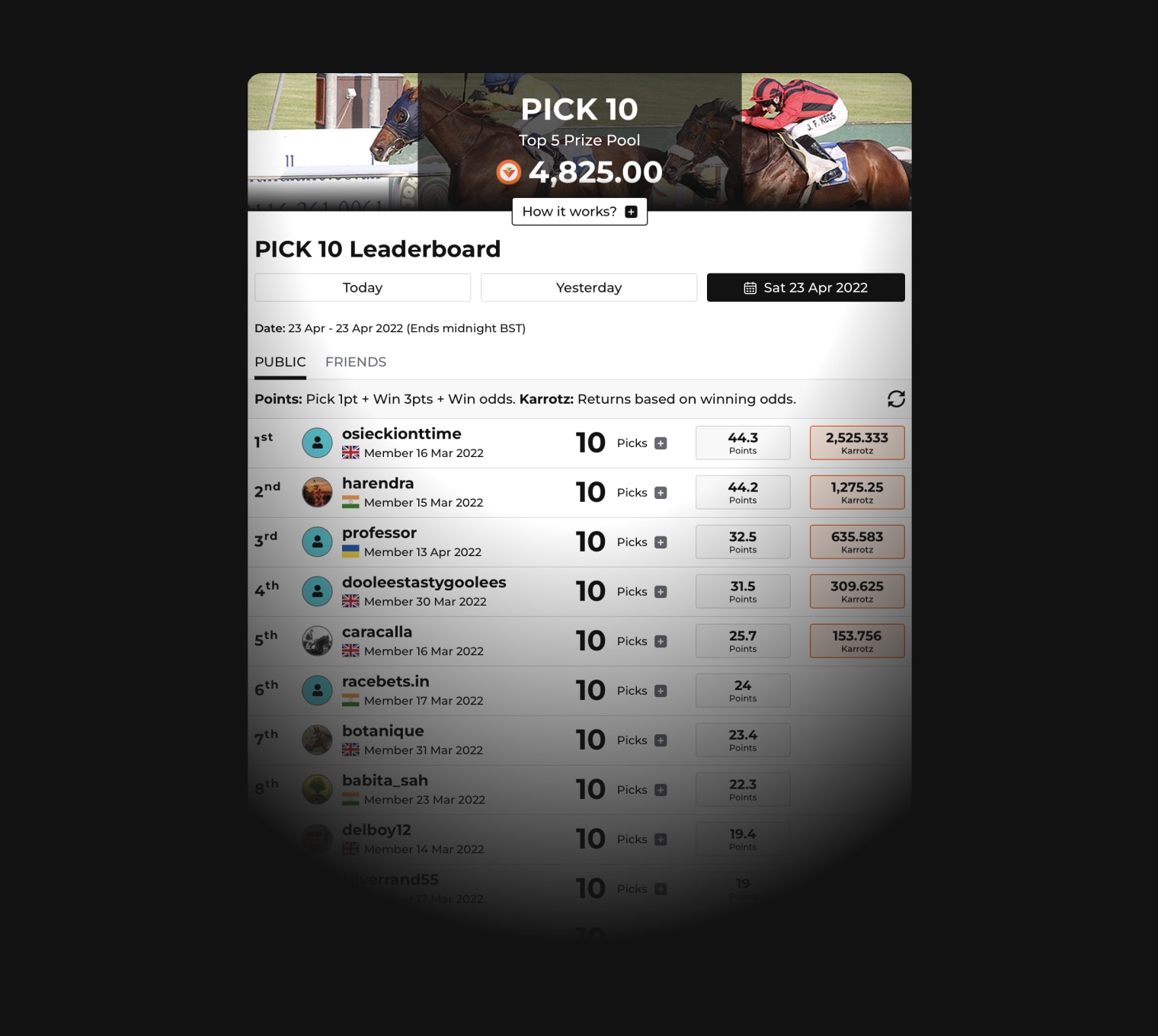
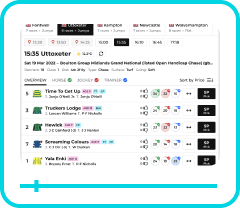
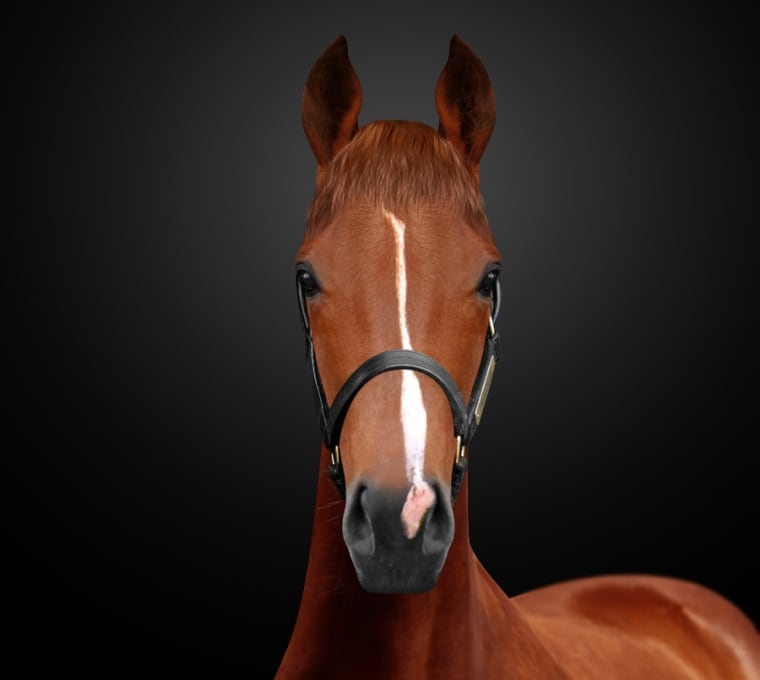
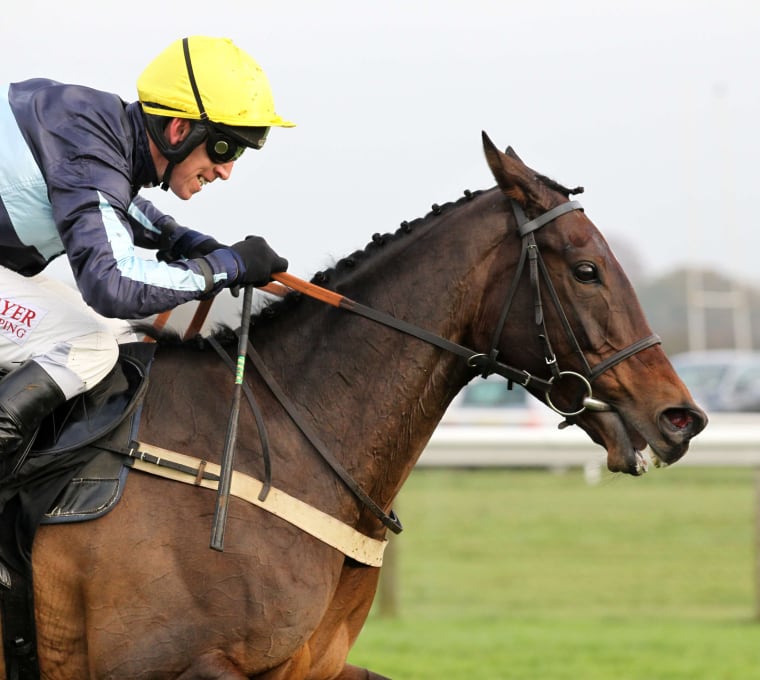
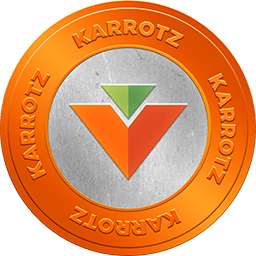 Karrotz ($KAZ)
(Current value £0.005)
Karrotz ($KAZ)
(Current value £0.005)
